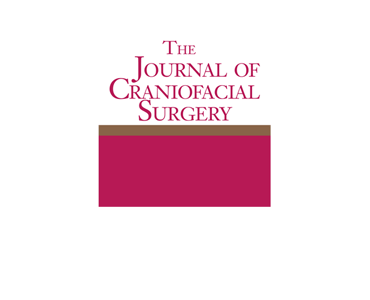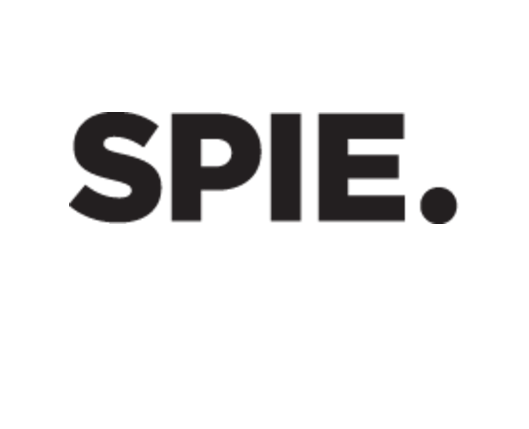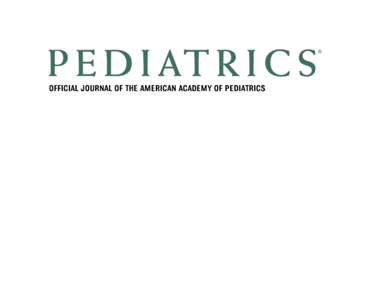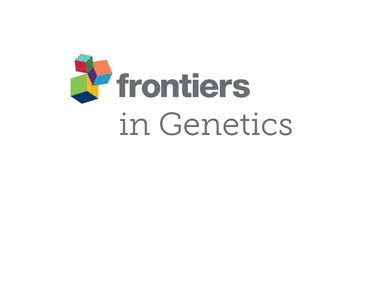Effect of maxillary expansion and protraction on the oropharyngeal airway in individuals with non-syndromic cleft palate with or without cleft lip. N Alrejaye, J Gao, D Hatcher, S Oberoi.
Date: July 2019. Source: PLOS ONE. https://doi.org/10.1371/journal.pone.0213328. Introduction: The aim of this study was to evaluate three dimensionally the effect of the combined maxillary expansion and protraction treatment on oropharyngeal airway in children with non-syndromic cleft palate with or without cleft lip (CP/L). Methods: CBCT data of 18 preadolescent individuals (ages, 8.4 ± 1.7 years)…









